What is Web Design for Small Business?
What is web design for small business? In simple terms, it is the process of planning, designing, and building websites tailored for smaller companies. Unlike enterprises with massive budgets, small businesses need efficient, affordable, and high-performing websites that bring results. For a café, local clinic, or neighborhood gym, the website is often the first impression.
A polished, responsive, and SEO-ready website can:
Build credibility with potential clients.
Convert visitors into paying customers.
Rank higher in search engines.
By contrast, an outdated or slow site can repel visitors and cost real revenue. According to Google’s SEO Starter Guide, Google now prioritizes mobile-friendly, fast-loading websites in rankings—meaning design choices directly affect visibility.


What Do Web Designers Do?
Web designers aren’t just artists making things “look nice.” They combine visual creativity, user psychology, and business strategy.
Main responsibilities:
Visual branding: fonts, color palettes, and layouts aligned with your brand.
User Experience (UX): structuring navigation so customers find what they need fast.
Responsive design: adapting layout across desktop, tablet, and mobile.
Accessibility: ensuring compliance with standards like W3C WAI.
SEO integration: heading structure, site speed, and crawl-friendly architecture.
💡 Mini Case: A local dentist hired a freelancer to rebuild their outdated website. By adding a clear “Book Appointment” button on every page and simplifying forms from 12 fields down to 5, appointment requests increased 38% in just 3 months.

What is Responsive Web Design?
Responsive web design (RWD) ensures that a website automatically adapts to different screen sizes. Instead of maintaining separate “mobile” and “desktop” sites, one flexible site reshuffles its content.
Why it matters:
Over 60% of small business traffic comes from mobile devices.
Google uses mobile-first indexing; non-responsive sites risk lower rankings.
Customers expect fast, mobile-friendly navigation; poor UX leads to abandoned visits.
Example: An e-commerce clothing boutique switched to a responsive design and saw 25% fewer cart abandonments because mobile checkout became easier.

What is a Wireframe in Web Design?
A wireframe is the skeleton of a website. Before colors, photos, or typography are added, a wireframe defines the layout and hierarchy—where the navigation goes, where the CTA button sits, and how users move through the page.
Benefits of wireframes for small businesses:
Prevent expensive redesigns later.
Keep focus on goals instead of decoration.
Clarify which features are essential (e.g., “Book Now,” “Order Online”).
💡 Mini Case: A neighborhood coffee shop mapped its homepage wireframe with three essentials: “Menu,” “Order Online,” and “Visit Us.” After launch, online orders rose steadily each week.

What Makes a Good Web Design?
Good design is not about looking flashy. It’s about creating a functional, profitable experience.
Traits of effective web design:
Clarity: Users should understand your offer in under 5 seconds.
Speed: Pages load in <3 seconds (important for rankings).
Call-to-Action: Clear “Book Appointment” or “Get a Quote” buttons.
Trust signals: SSL certificate, testimonials, recognizable payment logos.
Accessibility: Alt text, color contrast, keyboard navigation for all users.
💡 Mini Case: A local cleaning service placed its bright green “Get Free Quote” button above the fold. Conversions improved 52% in one month.

What is SEO in Web Design?
SEO and design are inseparable. A stunning site that nobody finds is useless.
SEO-friendly design practices:
Semantic heading structure (H1 → H2 → H3).
Keyword-rich meta titles and descriptions.
Fast-loading pages & compressed images.
Schema markup (FAQ, LocalBusiness, etc.).
Design + SEO ensures that your website is both beautiful and discoverable.
For small businesses, web design is not a luxury—it’s survival. A responsive, SEO-ready, and user-centered website directly drives sales, trust, and growth.
Ready to build your small business website?
How Much Does Web Design Cost?
For small businesses, cost is often the very first question. The truth? There’s no single price tag. Costs vary by features, scope, and who you hire.
Common ranges:
DIY Builders (Wix, Squarespace, Shopify): $20–$80/month plus add-ons.
Freelancers: $1,000–$6,000 for a small business brochure-style site.
Agencies: $6,000–$25,000+ for strategy, UX, branding, and integrations.
💡 Mini Case: A bakery invested $2,500 in a WordPress site with online ordering. Within 6 months, online sales doubled.
How to Hire a Web Designer
Hiring the right designer is crucial. Here’s how:
Define outcomes – Do you want more leads, or online sales?
Review portfolios – Look for projects in your niche.
Ask about process – Wireframes, testing, revisions.
Check SEO & accessibility – Do they know industry standards like W3C WAI?
Clarify ownership – You should own domain, content, and assets.
Get references – Talk to past clients.
Red flags: vague promises, reluctance to show mobile demos, or “guaranteed #1 rankings.”
How to Choose the Right Web Design Company
Options available to small businesses:
Freelancer: Affordable, flexible, but limited in strategy.
Small agency: Balanced—design + business insight.
Large agency: Full teams, higher cost, better for complex builds.
💡 Tip: Ask for a Statement of Work (SOW) outlining deliverables, deadlines, and costs.

How to Brief Your Project
A clear project brief saves time, money, and frustration. Think of it as your roadmap for both designer and client.
Checklist for a strong brief:
Business goals: e.g., “generate 50 leads/month” or “sell products online.”
Competitor examples: show what you like and dislike.
Page list: homepage, services, about, blog, contact.
Brand assets: logo, fonts, colors, tone of voice.
Content: clarify if text/images are ready or need copywriting.
Integrations: booking systems, payment gateways, CRM.
KPIs: conversions, bounce rate, keyword rankings.
💡 Mini Case: A local gym shared a 2-page project brief before redesign. Because scope was clear, launch finished 3 weeks earlier and within budget.
How to Measure ROI in Web Design
Your website isn’t just a cost—it’s an investment.
Key ROI metrics:
Conversion rate – % of visitors turning into leads.
Lead volume – calls, forms, orders received.
Bounce rate – how quickly people leave.
Rankings – visibility for target terms.
Cost per acquisition (CPA) – how much each new client costs.
💡 Mini Case: A fitness studio moved its “Sign Up” button above the fold. Conversions improved from 1.8% → 3.9%, nearly doubling memberships in a quarter.
How Long Does It Take?
Timelines depend on complexity:
DIY template site: 1–2 weeks.
Freelancer project: 3–6 weeks.
Agency build: 8–12 weeks (includes UX testing, SEO setup).
Speed matters, but cutting corners can cost more long term.
How to Maintain a Website
Launching is step one. Maintenance ensures security and performance.
Update CMS & plugins monthly.
Fix broken links & update content.
Post blogs for SEO freshness.
Refresh CTAs & landing pages.
Track Core Web Vitals for speed and UX.
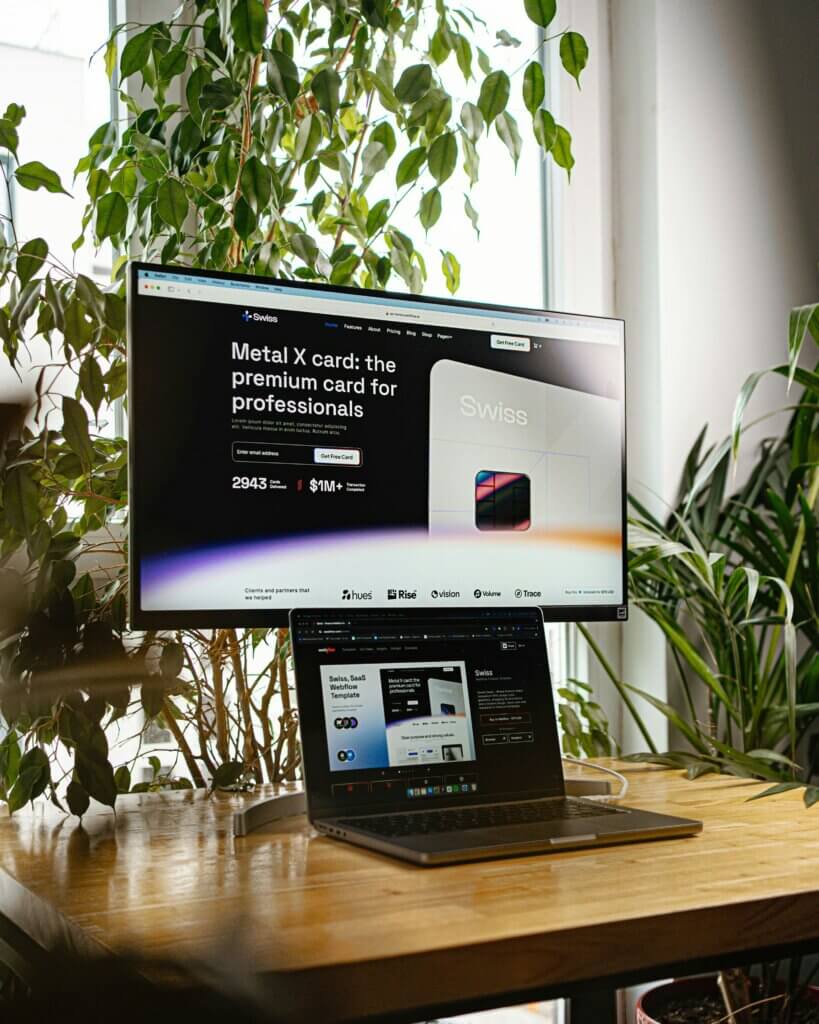
Why is Web Design Important for Small Business?
Your website is the digital storefront of your business. Even if you have a physical shop, most customers check online before visiting or buying. According to Statista, more than 90% of consumers say they judge a company’s credibility by its website design.
Why it matters:
First impressions: Visitors form an opinion within 0.05 seconds.
Trust factor: A modern design signals professionalism.
Conversions: Clear CTAs increase leads and sales.
SEO: Well-structured sites rank higher.
Competitive edge: If your competitor has a better site, you may lose customers.
💡 Mini Case: A small law firm updated its outdated site with a modern, responsive design. Within 2 months, they saw a 42% rise in consultation requests—purely due to improved trust and clarity.
Why is Accessibility Important in Web Design?
Accessibility ensures that all people—including those with disabilities—can use your site. This isn’t just a moral obligation; it’s good business.
Benefits:
Expands your audience by millions of users.
Reduces legal risks under ADA compliance (in the US).
Improves SEO, as alt text and semantic structure also help Google.
Boosts reputation as an inclusive, professional brand.
Example: Adding descriptive alt text, proper color contrast, and keyboard-friendly navigation often results in lower bounce rates.
Why is Responsive Design Important?
With more than 60% of traffic now mobile, a non-responsive site is a dealbreaker.
Customers expect fast mobile experiences.
Google’s mobile-first indexing punishes non-responsive sites.
Responsive design adapts once—no need for separate “mobile version.”
💡 Mini Case: A pizza restaurant went mobile-responsive. Result: a 28% increase in mobile orders within weeks.

Why is Typography Important in Web Design?
Typography goes beyond picking “nice-looking” fonts. It influences readability, emotion, and brand identity.
Reasons typography matters:
Readability: Small businesses often target busy customers. Fonts must be clear on mobile and desktop.
Brand alignment: Serif fonts often convey trust and tradition; sans-serif feels modern and friendly.
User journey: Proper heading hierarchy (H1, H2, H3) guides scanning behavior.
Conversion: Well-chosen typography can boost time on site and reduce bounce rate.
💡 Example: A boutique fashion shop switched from generic fonts to custom typography reflecting elegance. Session durations increased by 23%, leading to higher engagement.
Why is Branding in Web Design Essential?
Web design is your brand’s stage. Poorly aligned visuals confuse users. Strong branding builds recognition and loyalty.
Key branding elements in web design:
Consistent color palette that matches offline materials.
Use of logos in headers and footers.
Consistent tone across CTAs (friendly vs. professional).
Cohesion between social media visuals and the site.
💡 Mini Case: A local coffee roaster integrated its earthy brand colors and storytelling throughout the website. The result? Customers spent more time exploring their story and online store, which boosted repeat purchases by 31%.
Why Invest in Web Design Instead of Just Social Media?
Many small businesses rely only on Facebook or Instagram pages. But social platforms don’t replace a home base.
Algorithms change; your website remains yours.
Websites build long-term SEO authority.
You can fully control branding, CTAs, and integrations.
A site allows better analytics to measure ROI.
In short, social channels drive traffic, but your website converts and retains it.
Web design is not optional—it’s foundational. From typography to accessibility, responsive design to branding, every element impacts sales, trust, and long-term growth.
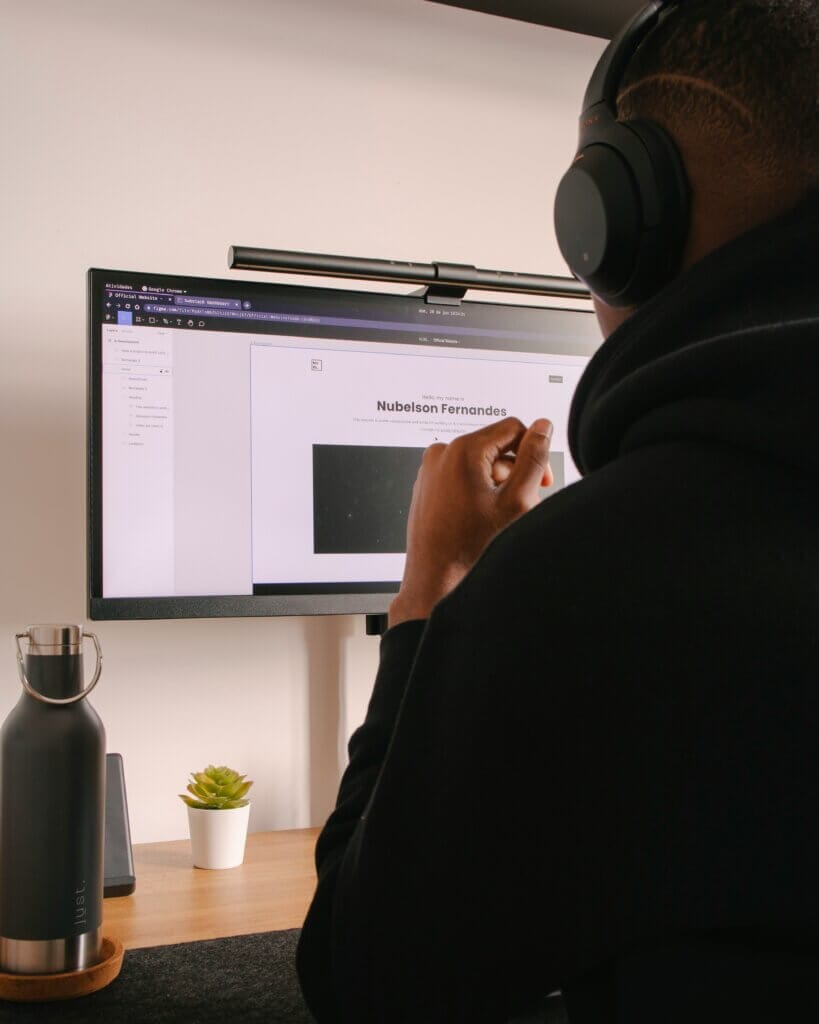
Who is a Web Designer?
A web designer is a professional who blends creativity, usability, and technology to craft websites. Unlike developers who focus mainly on coding, designers focus on look, feel, and user flow.
Core skills of a web designer:
Layout and typography design.
Color theory and branding alignment.
Wireframing and prototyping.
UX/UI principles.
Basic knowledge of HTML/CSS.
💡 Mini Case: A Chicago-based bakery hired a freelance web designer. By reworking the homepage layout and improving visual storytelling, their average session duration jumped 40% in one month.
Who Do Web Designers Work For?
Web designers typically work in three settings:
Freelancers: Serve small business owners directly. Flexible and affordable.
Agencies: Teams that combine strategy, design, development, and SEO.
In-house designers: Employed by medium/large firms, handling corporate websites.
For small businesses, freelancers and boutique agencies are often the best fit because of cost efficiency and personalized attention.
Who Hires Web Designers?
Local businesses: cafés, gyms, law firms, clinics.
E-commerce startups: selling physical or digital products.
Non-profits: need clear donation or volunteer CTAs.
Entrepreneurs: personal brand sites, portfolios.
In fact, according to Indeed Career Guide, demand for web designers continues to grow as every industry recognizes the importance of digital presence.

Who Earns More: Web Designer or Developer?
Web designers and web developers both play vital roles, but their earnings differ.
Web Designers: Typically earn less than developers, especially in early stages. Average US salaries range from $50k–$70k/year depending on location and skills.
Web Developers: Often command higher pay ($70k–$110k/year) due to advanced coding requirements (JavaScript, Python, backend systems).
💡 Insight: While developers may earn more, designers who master UX/UI and SEO can compete closely, especially in freelance markets where clients value holistic skill sets.
Who Are the Best Web Designers?
There is no single “best,” but industry-recognized names and communities showcase high-quality work:
Individual stars: Designers featured on Dribbble or Behance.
Agencies: Firms listed on Clutch.co with verified client reviews.
Communities: Platforms like Dribbble highlight portfolios from global talent.
For small businesses, “best” means finding a designer whose style, process, and budget fit your goals—not necessarily the most famous name.
Who Can Learn Web Design?
Almost anyone with determination can learn web design. Common paths:
Self-taught: via YouTube, blogs, and online tutorials.
Formal education: degrees or certificates in graphic design or UX.
Bootcamps: short-term programs focusing on practical skills.
💡 Mini Case: An entrepreneur took a 6-week online course in UX/UI, then built their own portfolio website, saving thousands on hiring fees and later attracting freelance clients.
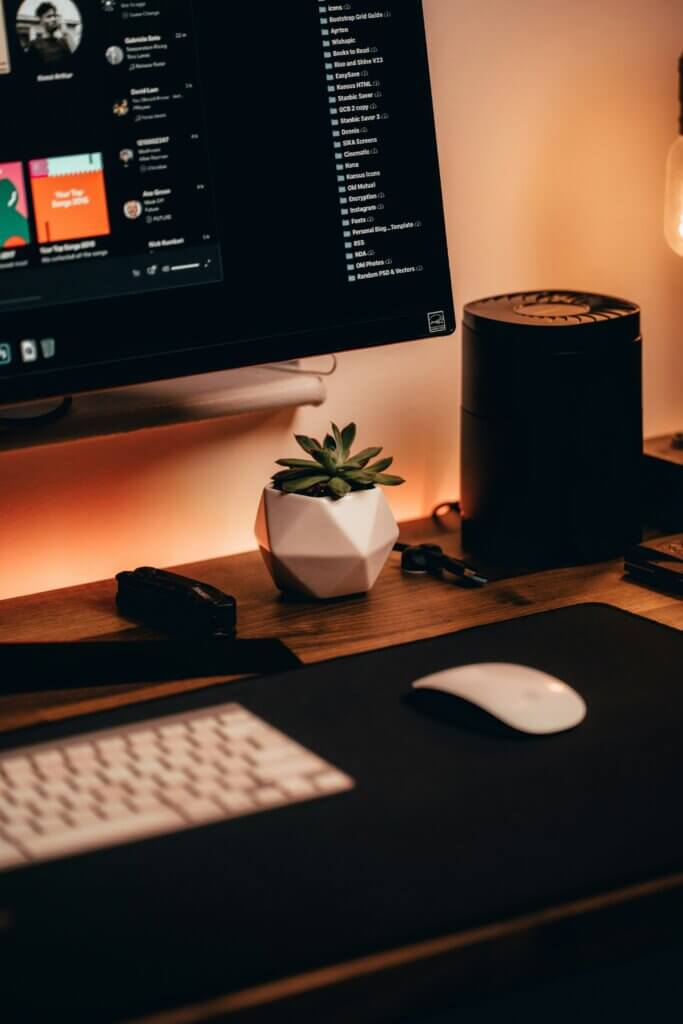
When Did Web Design Begin?
The history of web design dates back to 1991, when Tim Berners-Lee published the first website. These early sites were plain text, with no layout, color, or visuals.
By the mid-1990s:
HTML introduced basic formatting (headings, lists, links).
Tables allowed structured layouts.
GIFs added simple animation.
By the 2000s:
CSS separated design from content.
JavaScript brought interactivity.
Flash offered animations (later abandoned).
Today’s responsive and mobile-first sites are a long way from plain HTML pages. Understanding this timeline helps small business owners see why modern design standards matter for speed, SEO, and customer trust.
When Did Responsive Web Design Start?
Responsive Web Design (RWD) was first coined by Ethan Marcotte in 2010. Before then, many businesses kept separate “desktop” and “mobile” sites, doubling maintenance costs.
The shift to responsive design was driven by:
Smartphone boom (iPhone launched in 2007).
Google mobile-first indexing starting in 2015.
User demand for seamless mobile browsing.
💡 Mini Case: A boutique travel agency switched from a separate mobile site to responsive. Maintenance costs dropped 30%, and organic traffic grew thanks to SEO improvements.
When to Use Responsive Web Design?
The short answer: always.
Any small business site should be responsive by default.
Customers will leave if text is too small or menus don’t work on mobile.
Google clearly recommends responsive over separate mobile sites.
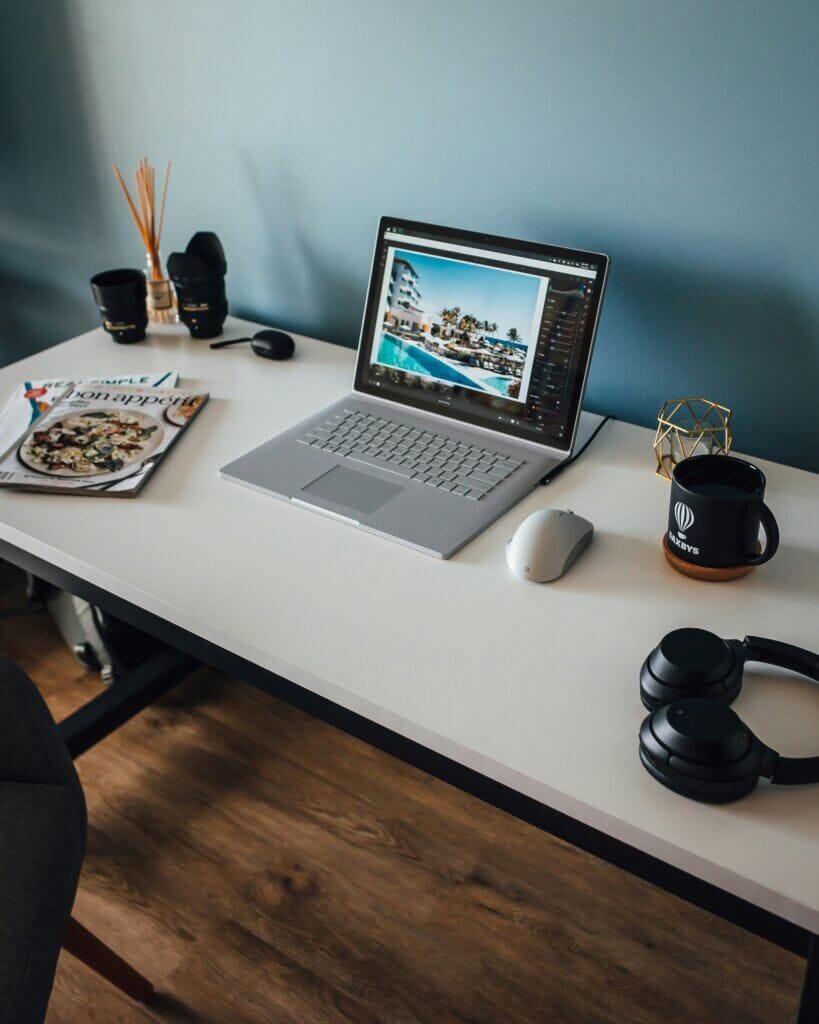
When Should a Small Business Hire a Web Designer?
Timing matters. Many small businesses wait too long, only reaching out after losing customers. Signs you need a web designer:
Your site looks outdated compared to competitors.
It’s not mobile-friendly or responsive.
Loading speed is above 3 seconds.
Leads or online sales have plateaued or declined.
Branding has changed (new logo, new services).
💡 Mini Case: A local yoga studio redesigned its outdated WordPress site. Within 4 months, their class bookings increased 46% because of better mobile usability.
When Should You Redesign a Website?
Websites aren’t “set and forget.” Trends, SEO requirements, and customer behavior change.
Best practice: every 2–3 years, review your site for:
Broken links & outdated plugins.
SEO compliance with latest Google updates.
Visual design trends (modern vs dated).
New user expectations (chatbots, booking systems).
A proactive redesign ensures your site remains a sales asset, not a liability.
When to Consider Website Maintenance?
Maintenance isn’t optional—it’s ongoing. Even brand-new websites require regular care.
Monthly tasks:
Security updates & backups.
Updating plugins and themes.
Adding fresh blog content for SEO.
Checking analytics for issues.
Neglecting maintenance can lead to hacks, crashes, or lost rankings. A report from Sucuri shows that 56% of hacked sites were outdated at the time of breach.
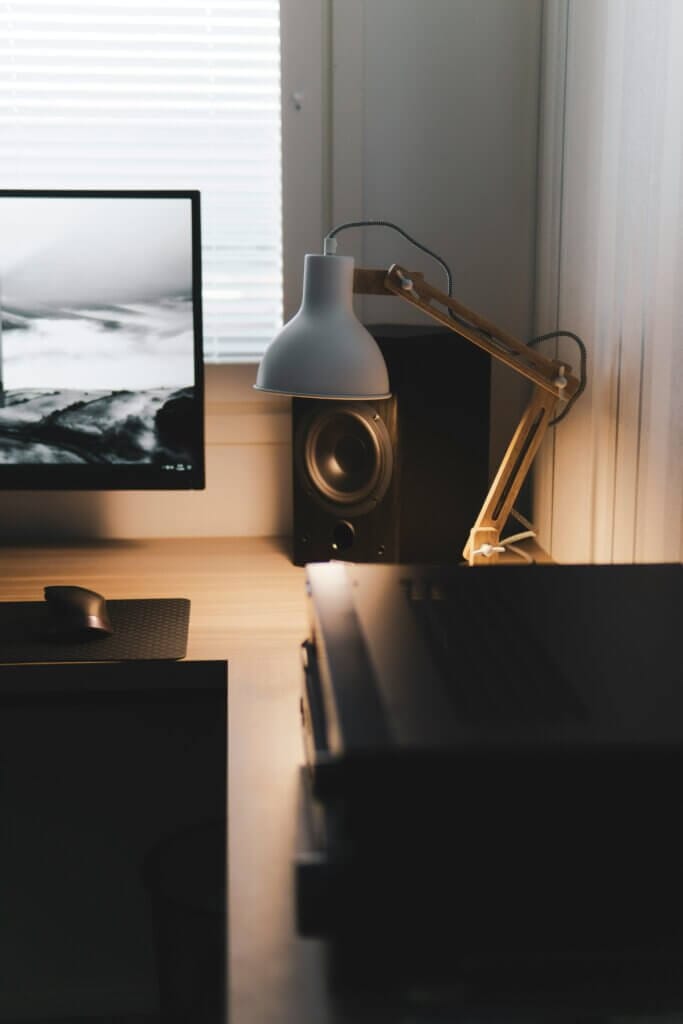
Where Can I Find a Web Designer?
Finding the right web designer can feel overwhelming, but knowing where to look simplifies the process.
Top places to search:
Freelance platforms – Upwork or Fiverr for affordable freelancers.
Professional directories – Clutch.co lists agencies with verified reviews.
Design communities – Dribbble or Behance showcase global portfolios.
Local searches – “web design services near me” often uncovers boutique agencies.
💡 Mini Case: A boutique salon in Chicago found a designer on Clutch with strong local experience. After launch, appointment bookings jumped 35% in 2 months.
Where to Learn Web Design?
If you’d rather DIY or upskill, there are abundant resources.
Learning paths:
Free courses: freeCodeCamp, W3Schools.
Paid platforms: Udemy, Coursera, Skillshare with structured lessons.
Design foundations: Interaction Design Foundation for UX/UI.
Practice-first: building demo sites, contributing to open-source projects.
For small business owners, basic knowledge helps you evaluate designers even if you don’t plan to build sites yourself.
Where to Find Web Design Inspiration?
Stuck on ideas? Designers often browse curated inspiration sites:
Awwwards: cutting-edge web design showcase.
SiteInspire: minimalist, small business–friendly layouts.
Pinterest: mood boards for color palettes and typography.
💡 Tip: Always adapt inspiration to your brand identity—don’t copy wholesale.

Where Do Web Designers Work?
Web designers can work almost anywhere—thanks to remote tools and cloud platforms.
Common environments:
Freelance home offices – flexible and budget-friendly.
Co-working spaces – for networking and collaboration.
Agencies – structured teams offering design + dev + SEO.
In-house roles – designers employed directly by medium to large businesses.
💡 Mini Case: A startup co-founder hired a remote designer based in Eastern Europe. Despite time zone differences, they collaborated via Figma and Slack—cutting costs by 40% while maintaining high quality.
Where to Advertise Web Design Services?
If you’re a designer looking for clients, placement matters as much as skill.
Effective advertising channels:
Google Ads targeting “web design for small business.”
Meta Ads (Facebook/Instagram) for local business owners.
LinkedIn for B2B outreach.
Local business directories (Yelp, Angi, Yellow Pages).
Networking events – chambers of commerce, local meetups.
Where Do Web Designers Get Clients?
Most clients come from trust and visibility. Common sources include:
Referrals & word of mouth – still the #1 driver.
Content marketing & SEO – evergreen guides (like this one) bring leads.
Freelance platforms – Fiverr, Upwork, Freelancer.
Partnerships – teaming up with agencies or developers.
💡 Mini Case: A freelance designer started blogging “what is web design” style content. Within 8 months, 70% of her clients came organically via Google.
